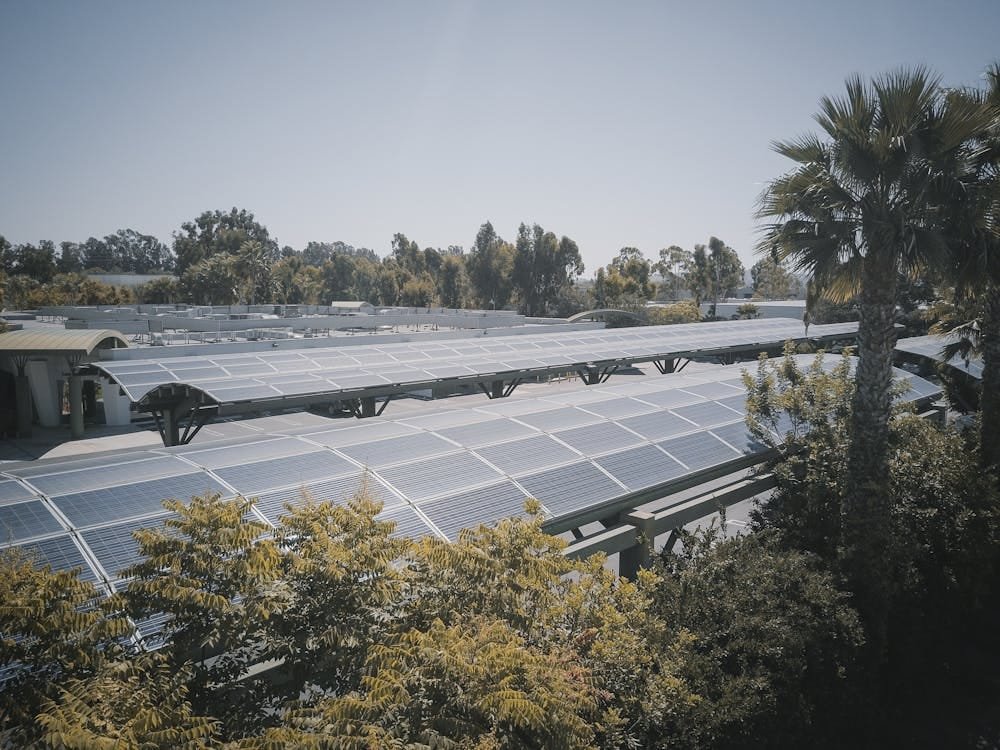Using solar panels to power your greenhouse is a great way to save money and help the environment. Solar panels convert sunlight into electricity, providing a renewable energy source that can power all your greenhouse needs. Soly’s energy solutions offer reliable and efficient solar panels, making it easier than ever to go green. This guide will cover everything you need to know about using solar panels for your greenhouse, from understanding the basics to planning, installation, and maintenance.
Understanding Solar Power
Solar panels work by converting sunlight into electricity through photovoltaic cells. These cells capture sunlight and turn it into direct current (DC) electricity. An inverter then converts DC electricity into alternating current (AC), which powers your greenhouse. There are different types of solar panels, like monocrystalline, polycrystalline, and thin-film. Each type has its pros and cons, so it’s important to choose the right one for your greenhouse.
Benefits of Using Solar Panels for Greenhouses
Solar panels offer many benefits for greenhouses. First, they reduce your carbon footprint by using renewable energy. This helps fight climate change. Second, they save money on energy bills over time. Solar panels can also make your greenhouse more energy-independent, meaning you’re less affected by power outages. With solar panels, you can rely on a steady, renewable energy source all year round.
Assessing Your Greenhouse’s Energy Needs
To figure out how many solar panels you need, start by calculating your greenhouse’s energy requirements. List all the equipment you use, like heaters, fans, and lights. Check their power ratings and estimate how long they run each day. Consider seasonal changes, as energy needs can vary throughout the year. Also, think about energy efficiency. Using energy-efficient devices can reduce the number of solar panels you need.
Planning Your Solar Power System
Once you know your energy needs, you can plan your solar power system. Start by sizing the system based on your calculations. Choose a location for your solar panels that gets plenty of sunlight. This could be on the roof of your greenhouse or on the ground nearby. Check local regulations and permits to make sure you’re allowed to install solar panels. Planning ahead will help ensure a smooth installation process.
Installation Process
Installing solar panels involves several steps. First, assess the site and design your system. Next, mount the panels in a location that gets the most sunlight. Connect the panels to an inverter and then to your greenhouse’s electrical system. You can hire professionals to install the system, or you can do it yourself if you’re comfortable with electrical work. Always follow safety guidelines to avoid accidents.
Integrating Solar Power with Greenhouse Systems
Connecting solar panels to your greenhouse’s systems is straightforward. The electricity generated by the panels can power heating and cooling systems, ensuring a stable temperature for your plants. Solar-powered lighting is also an option, providing your plants with the light they need to grow. Using solar energy helps maintain an optimal environment for your greenhouse, making it more efficient and sustainable.
Storage and Backup Solutions
Solar panels generate electricity during the day, but you need a way to store it for nighttime or cloudy days. Batteries are the best option for storing solar energy. Choose batteries with enough capacity to meet your greenhouse’s needs. Lead-acid and lithium-ion batteries are popular choices. For backup power, consider a generator or a hybrid system that combines solar panels with other energy sources to ensure a constant power supply.
Maintenance and Monitoring
Maintaining solar panels is easy but important. Keep the panels clean and free of debris to ensure maximum sunlight absorption. Regularly check the connections and the condition of the batteries. Monitoring the system’s performance helps identify any issues early. Use monitoring tools to track energy output and efficiency. Troubleshoot common problems, like shading or wiring issues, to keep your system running smoothly.
Financial Considerations and Incentives
Investing in solar panels requires an upfront cost, but the savings over time make it worthwhile. Initial costs include purchasing the panels, installation, and any necessary permits. However, government incentives and grants can reduce these costs significantly. Tax credits and rebates are often available for solar panel installations. Calculate the return on investment (ROI) to understand the long-term financial benefits. Solar panels are a smart financial choice for any greenhouse.
In Conclusion
Using solar panels to power your greenhouse is a smart and sustainable choice. Solar panels provide a renewable energy source that reduces your carbon footprint and saves money on energy bills. Planning and installing a solar power system involves understanding your greenhouse’s energy needs, choosing the right panels, and ensuring proper installation and maintenance. With Soly’s energy solutions, transitioning to solar power is easier than ever. Start planning today to enjoy the benefits of a solar-powered greenhouse. Solar panels are not just a good investment for your greenhouse; they are an investment in a greener future. By making this change, you’re contributing to a healthier planet while enjoying the practical benefits of renewable energy. Embrace solar panels for a more sustainable and cost-effective greenhouse operation.

 News3 months ago
News3 months ago
 Health2 years ago
Health2 years ago
 Technology2 years ago
Technology2 years ago
 Celebrity2 years ago
Celebrity2 years ago

















